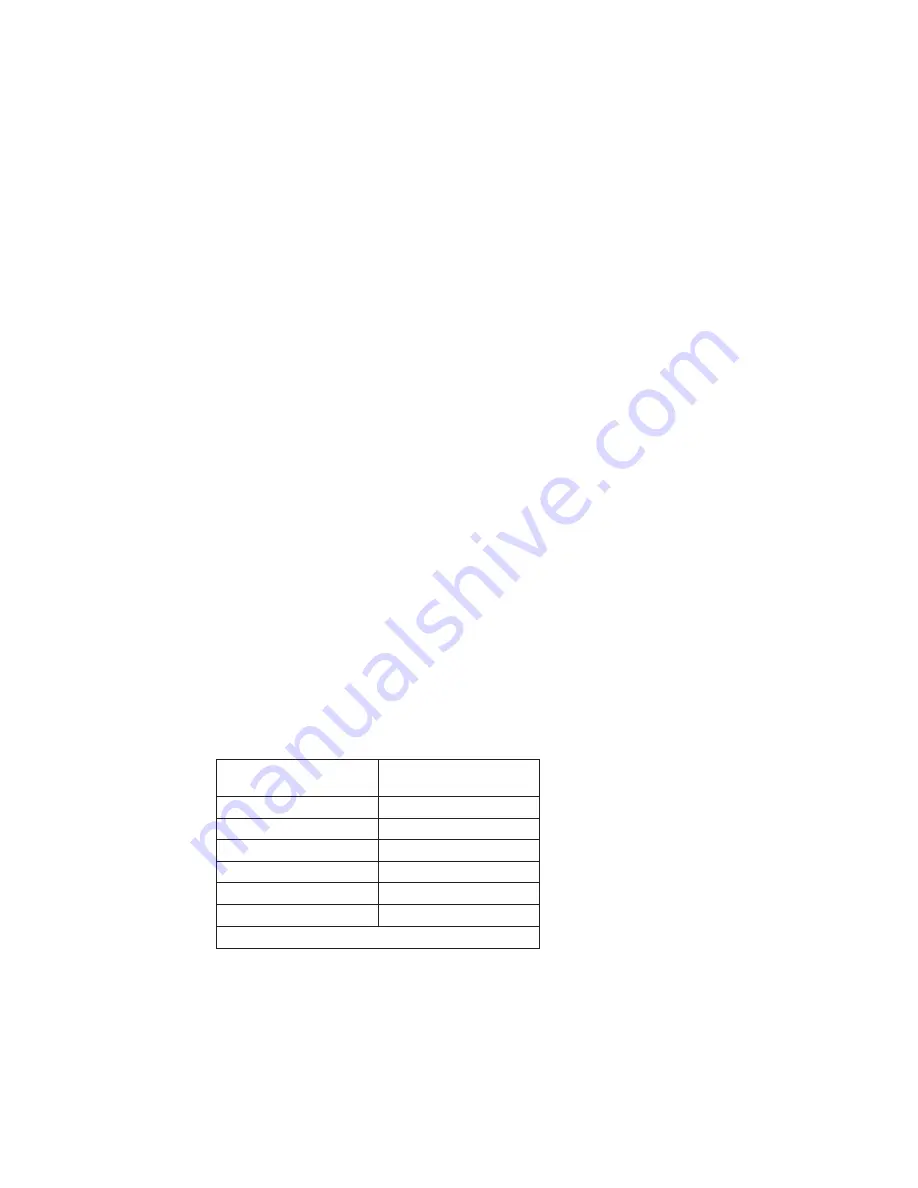
Page 6
Low Temperature Applications
The Alkaline Battery and the IrDA transceiver are two components that limit the
operation of the Recorder to down to -4F / -20C. By substituting a Lithium long-life
battery the Recorder can collect data down to -40. Because the IrDA transmitter
doesn't perform at these low temperatures, when collecting the data from the
Recorder the temperature needs to be above -4F/ -20C.
Powering the Unit
The Recorder powers on and begins taking recordings when the battery is properly
connected and placed into the battery compartment.
Preventative Maintenance
The Recorder should be visually inspected for cracks in urethane. Do not use if
cracks are present or the unit is damaged. Verify the air vent on the faceplate has
not been covered. The membrane on the inside of the faceplate is designed to allow
the unit to breath properly.
Cleaning
The Recorder should be cleaned by wiping with a silicone hot stick wipe to remove
dirt, sand, and salt that will degrade the urethane housing.
Sample and Log Intervals
Sample and Log Interval:
The Sample Interval is how often the Recorder reads
the current on the conductor. The Recorder will hold the sample current readings
until it reaches the Log Interval, at which time the Recorder will average the sample
measurements. This average becomes the logged data point. The Recorder begins
sampling and logging as soon as a battery is connected.
How many days will the Recorder Log Data?
The length of the Log Interval
determines the length of time the Recorder will take to use all of the available logged
data points. See the below chart for the number of days it will take to fi ll a Recorder
with data, based on various Log Intervals. Note that in most cases the Recorder is
limited by battery life more than the recording capacity.
Log Interval
(seconds)
Days Recording Until Full
1800
1333*
900
666*
600
444*
300
222*
60
44
30
22
*Exceeds expected battery life






































